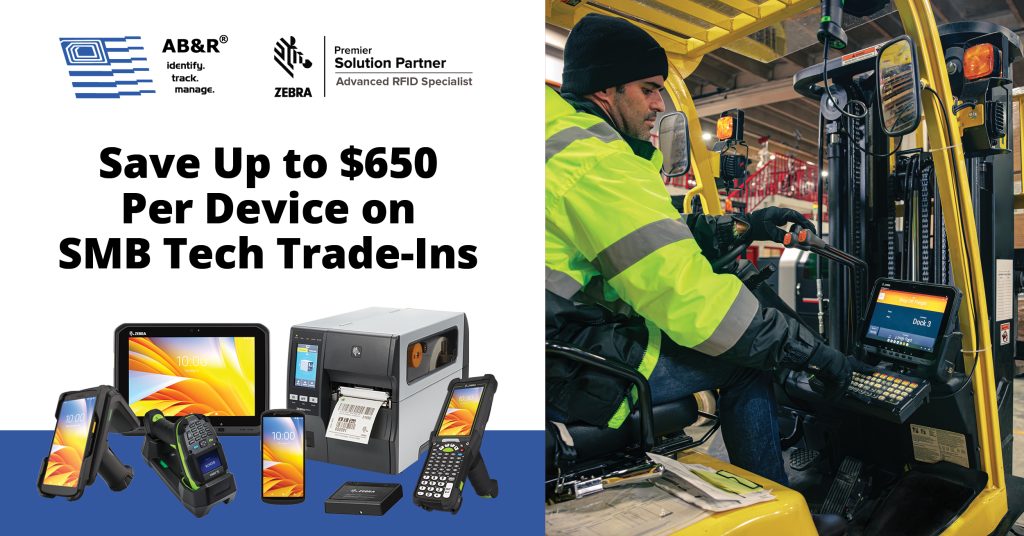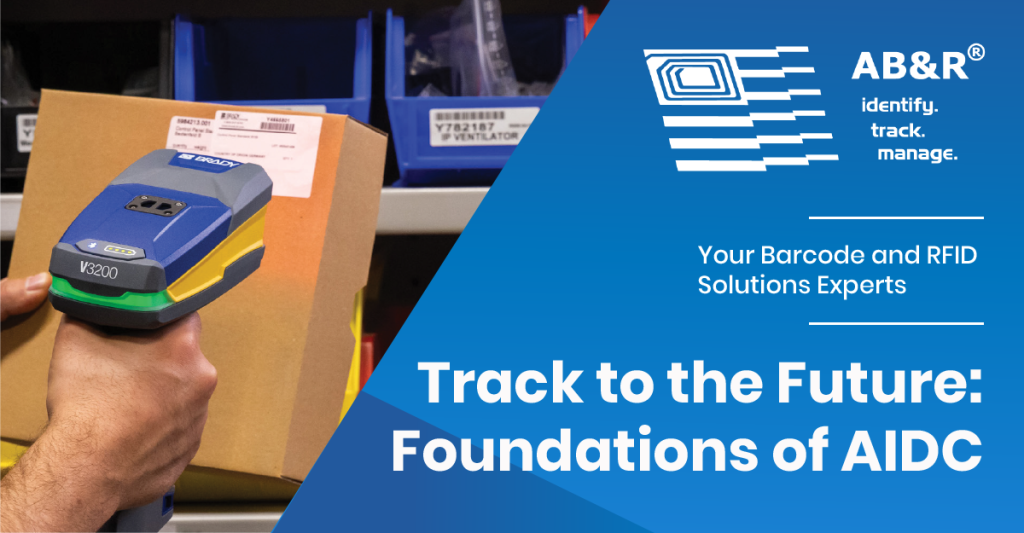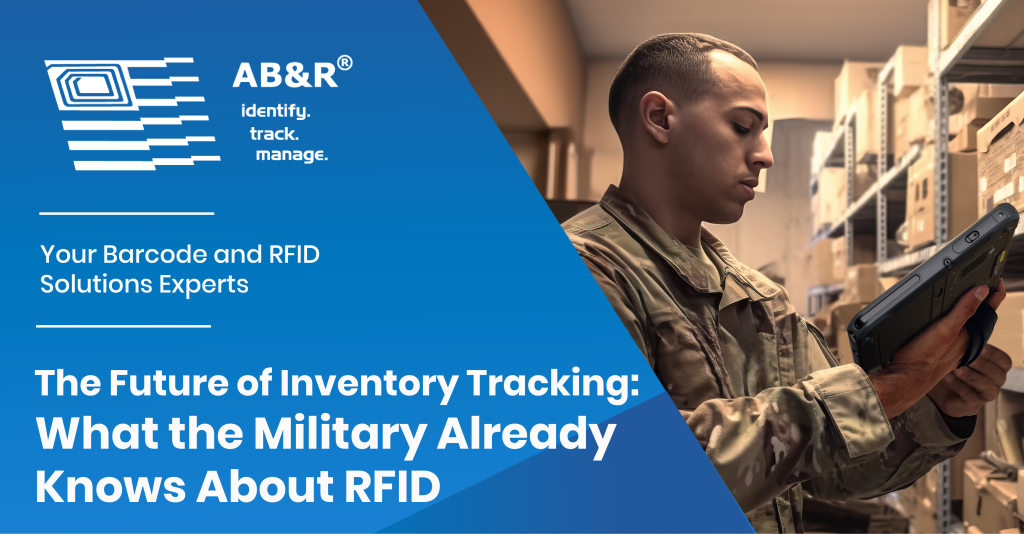Every year, as Q4 winds down, organizations find themselves asking the same question: Where can we make our remaining budget count?
While it’s tempting to spend end-of-year funds on quick fixes or upgrades, the smartest companies invest in solutions that pay for themselves. That’s where RFID technology stands out.
Whether you’re managing inventory, assets, or people, implementing RFID before year-end can turn unused budget into measurable ROI within months.
The Year-End Budget Dilemma
End-of-year spending can be stressful. Departments feel pressure to use their remaining funds before they disappear, yet most quick purchases don’t create lasting value.
RFID changes that. Instead of buying consumables or one-off upgrades, you’re investing in technology that makes your entire operation faster, smarter, and more accurate.
Think about what that could mean for your business:
-
No more long manual inventory counts
-
Less time searching for missing assets
-
Accurate data driving better decisions
-
Labor hours saved and redirected to higher-value work
This isn’t just another expense. It’s a head start on next year’s performance goals.
Did You Know?
RFID adoption is accelerating. IDTechEx projects the RFID market will reach $18 billion globally by 2028, driven by supply chain automation and real-time visibility1.
Why RFID Is the Smartest Year-End Investment
RFID (Radio Frequency Identification) automates how you track and manage inventory, assets, and materials. It reads hundreds of items at once, even without line of sight, delivering real-time data that improves accuracy and productivity across your operation.
And right now, it’s one of the most strategic ways to spend your remaining budget:
Looking to boost manufacturing efficiency and maximize your ROI? AB&R helps businesses implement RFID solutions that reduce downtime, eliminate manual errors, and deliver real-time visibility across operations.
The ROI You Can Actually Measure
Across industries, RFID has proven to deliver:
-
Up to 99% inventory accuracy
-
Cycle counts completed 90% faster
-
25–40% reduction in labor hours
-
Fewer lost or misplaced assets
Every number represents time saved, money recaptured, and visibility gained. Whether you manage a warehouse, a data center, a hospital, or a production floor, RFID delivers results that can be measured, and repeated.
Did You Know?
Organizations that digitize their supply chains with technologies like RFID can achieve up to 20–30% higher inventory accuracy and 25% faster throughput2.
Interested in seeing how RFID performs in your industry? Explore how AB&R and our partners are transforming operations across:
Manufacturing • Distribution • Transportation & Logistics • Utilities • Oil & Gas • Healthcare
Start Small, Scale Quickly
The best part? You don’t need to overhaul your entire system to see ROI. Many AB&R clients start with a small pilot focused on one critical challenge:
-
Tracking tools and equipment
-
Monitoring work-in-process
-
Verifying outbound shipments
-
Managing high-value assets
Once the results are in, expanding RFID across departments becomes the obvious next step.
Did You Know?
Studies show that nearly 70% of companies that start with small-scale RFID pilots expand usage enterprise-wide within two years3.
Trusted Experts, Proven Partners
With more than 40 years of experience, AB&R designs and supports RFID systems built to perform. With partners such as Zebra Technologies and Brady, we deliver complete solutions. From consultation to deployment, our team helps you maximize efficiency and accountability across your operations.
Our mission is simple: to help businesses like yours achieve greater visibility, accuracy, and ROI through smarter technology.
Stretch Your Budget Even Further
Take advantage of the GoZebra Trade-In Program and earn rebates when you upgrade to the latest RFID and barcode technology.

Make Your Year-End Budget Work Harder
Don’t let your remaining funds go to waste. Invest in technology that sets you up for success next year, and every year after.
AB&R® (American Barcode and RFID) provides end-to-end RFID and barcoding solutions to help businesses improve traceability, boost efficiency, and strengthen compliance. Whether tracking assets, monitoring inventory, or managing equipment, AB&R designs and deploys systems tailored to your operations.
Beyond hardware, AB&R delivers complete solutions, including automated data capture, compliance labeling, and managed services, helping businesses build smarter, safer, and more transparent operations.
Get Started Today
-
Call us at 800.281.3056
-
Visit AB&R.com
-
Contact our team to start building a smarter, safer supply chain today.
#AssetTracking #RFID #InventoryManagement #SupplyChain #Zebra #Brady #Automation






